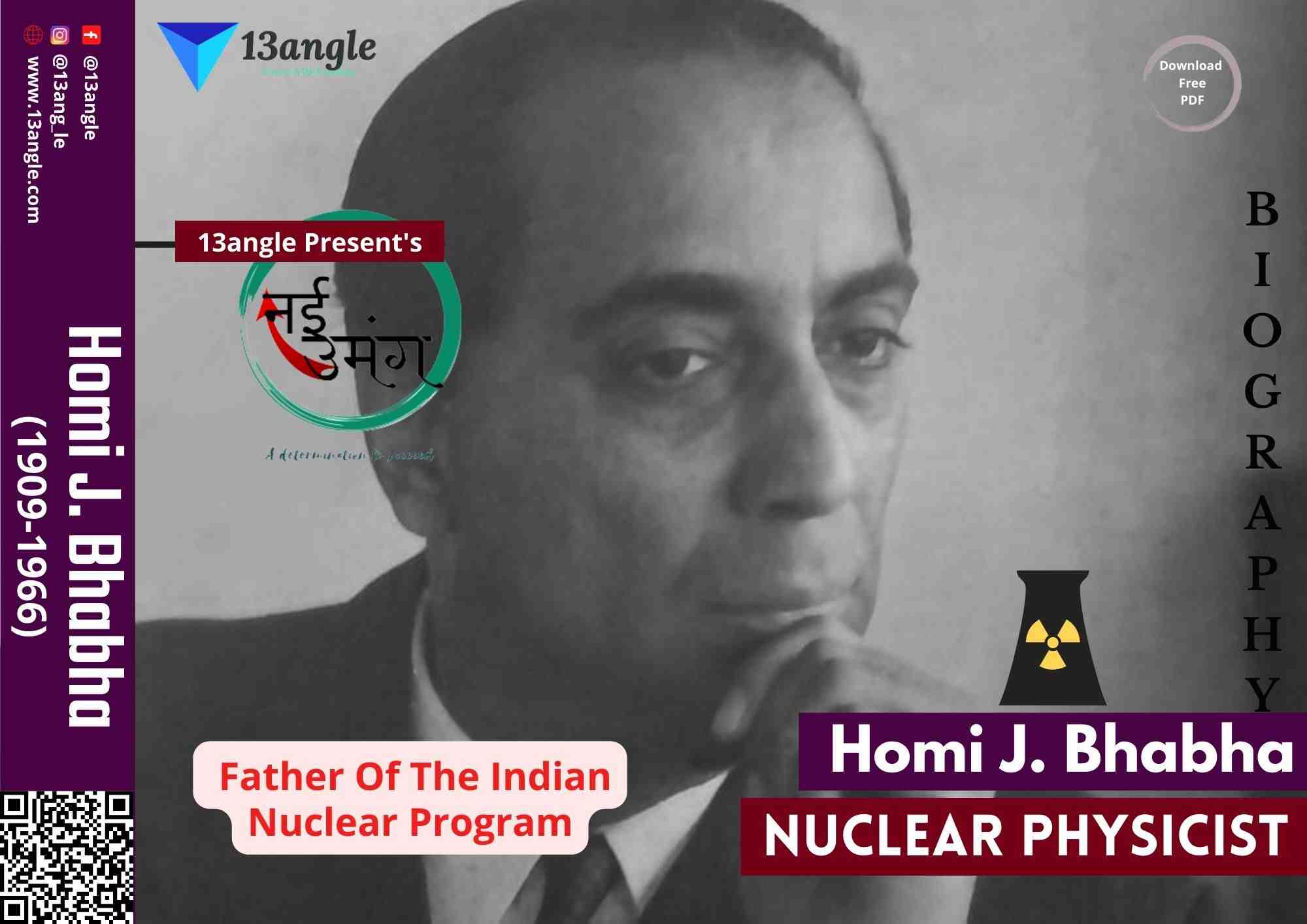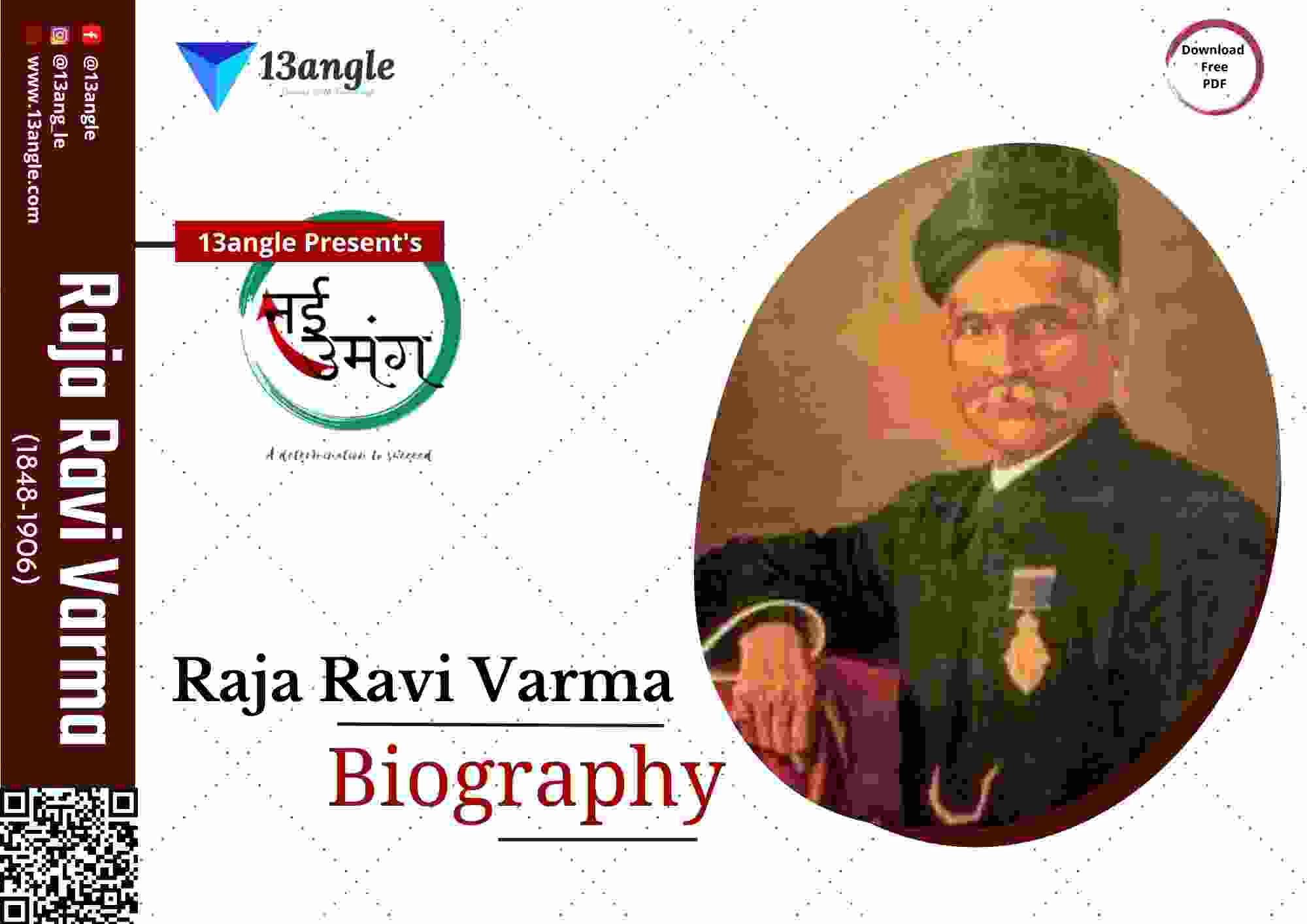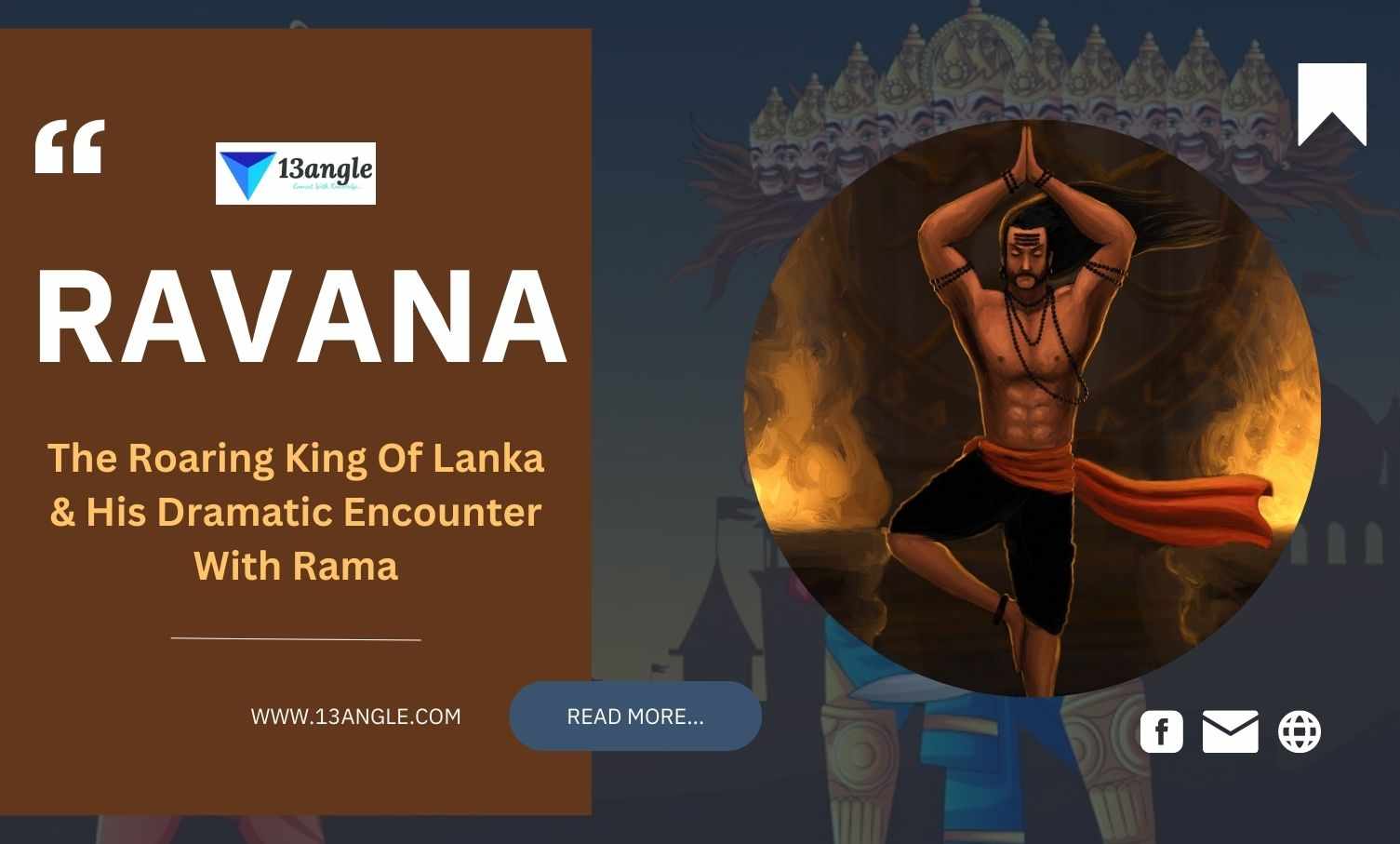Introduction
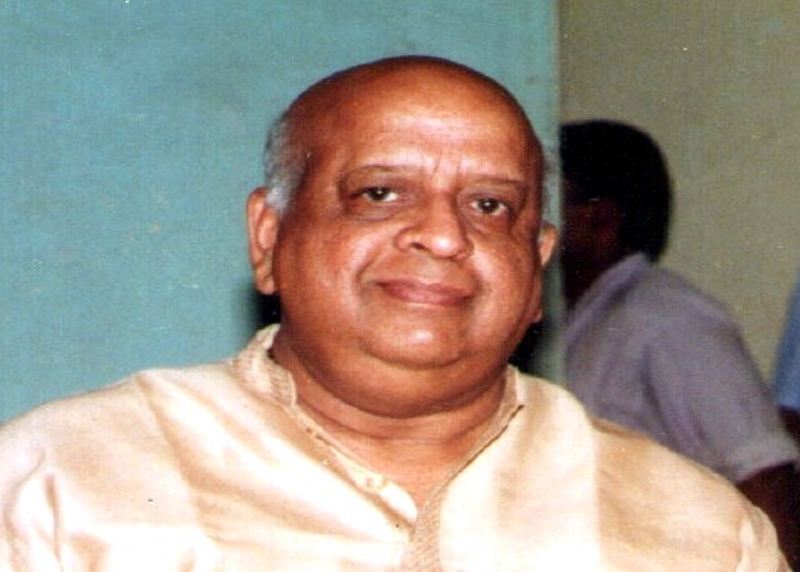
Tirunellai Narayana Iyer Seshan, born on 15 December 1932, was a “legend” as said by the former and current chief election commissioners. He is widely known for his electoral reforms and cleaning up Indian elections as chief election commissioner between 1990-1996. He was a bureaucrat and retired on 11 December 1996. He died on November 10 201, due to old age.
He was married to Jayalakshmi Seshan, who died in March 2018. He did not have any children.
He was born in Thirunellai Village in Palghat, Madras. He had six siblings and his father worked as a lawyer in a district court. He did his schooling at Basel Evangelical Mission Higher Secondary School and intermediate from Government Victoria College in Palakkad. He went to Madras Christian College, where he got his Bachelor of Science (Honors) degree in Physics. After achieving his degree, he worked there and taught Physics from 1950-1952. After his experience in teaching, he left due to a “pathetic salary”, he cleared the administrative service examination, UPSC-CSE exam and joined, as a trainee of the 1955 Tamil Nadu cadre, IAS. His career developed from villages to the state of Tamil Nadu, to Madras and eventually to the prestigious offices of the central government in Delhi.
Building His Career
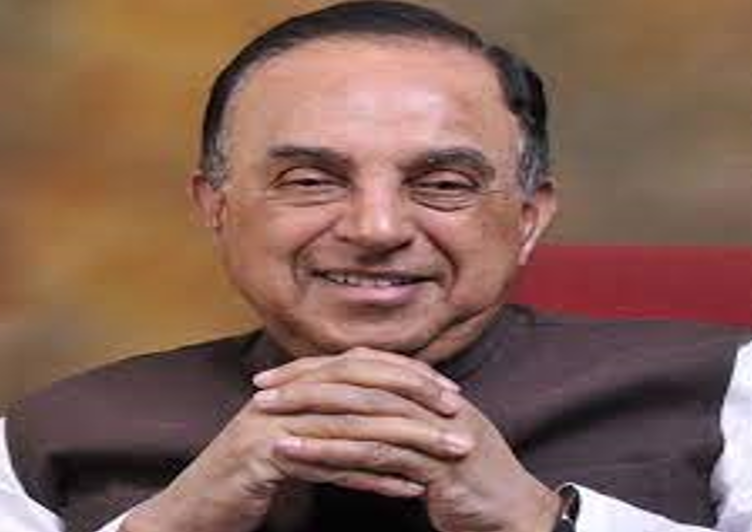
Seshan had an interesting career build-up. It started when he worked at Coimbatore, as a trainee of the Academy of Administration in Delhi, for a year. He was an apprentice administrator as an assistant collector. At first, he was appointed sub-collector in Dindigul, but then he moved to the Secretariat for Rural Development in Madras. He was appointed director of programs and deputy secretary. He managed an administration program for panchayats.
Later, in 1962, he was assigned the director of transport of Madras, in Tamil Nadu. In 1964, he was appointed collector of Madurai district. Around 1966, he went to Harvard University on Edward S. Mason Fellowship, where he obtained a master’s degree in public administration. During his experience at Harvard University, he formed a bond with Subramanian Swamy who was his professor.
He returned to his country in 1969, with a new liking towards space and the science behind it. He became the secretary to the Atomic Energy Commission. Later, at the Department of Space, he served as joint secretary. In 1976, he was assigned the state’s secretary of industries and agriculture in Tamil Nadu. He faced some obstacles in his path during this time and found some differences with the Chief Minister of Tamil Nadu. This led him to move to Delhi after resigning. He was appointed as a member of the Oil and Natural Gas Commission, where he was in charge of personnel. After working hard for two consecutive years, he served as secretary to the Department of Space. After 1985, he became secretary of the Ministry of Environment and Forests. During his stint, he took his first major steps by opposing Tehri Dam and Sardar Sarovar Dam on the Narmada River. He was overruled and given the position of secretary of Internal Security. He served as secretary of the Ministry of Defense for ten months in 1988. He was appointed the senior-most position in the Indian civil service hierarchy, the 18th Cabinet Secretary. Later he served as a member of the Planning Commission.
Finally, he was appointed as the 10th Chief Election Commissioner, which he served from 12 December 1990 to 11 December 1996. It was a very honorable and prestigious position, which he is widely known for even today.
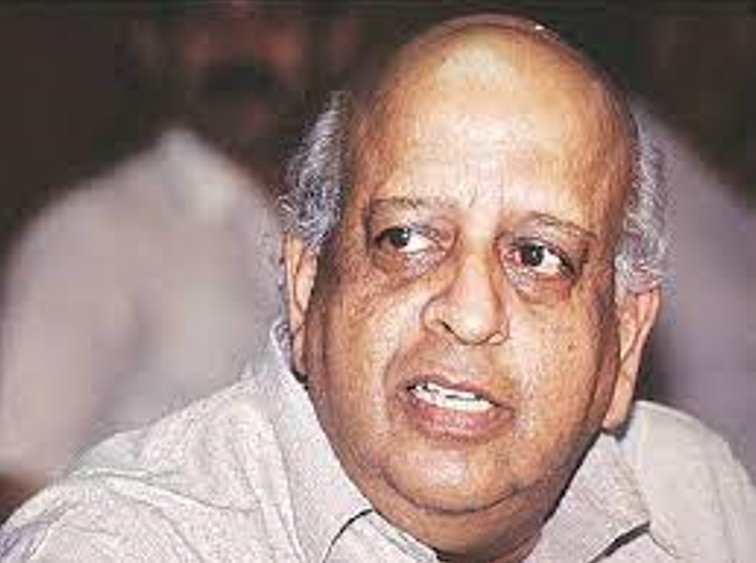
Although his career path in Tamil Nadu seems uneventful, in 1965-67, he was brought to light in the eyes of the public as he strictly dealt with the participants of the anti-Hindi agitation. According to one of the many biographies of T. N. Seshan, K. Govindan Kuttys’s biography on him known as “Seshan”, Chief Minister M. Bakthavatsalam was bombarded with several complaints of suppression of civil rights. Yet, T. N. Seshan was unaffected. His friend P. N. Vedanarayanan, who was the former Vigilance Commissioner in Tamil Nadu, stated that he was not shocked by Seshan’s actions and steps as the Chief Commissioner of India. This was because “his qualities as an administrator were clearly evident when he was part of the State government.”
Working As Chief Election Commissioner
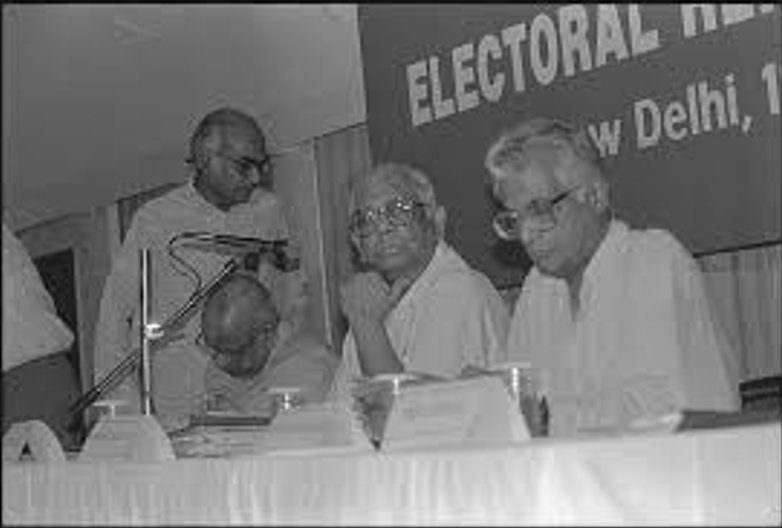
T. N. Seshan is honored for his electoral reforms. Law Minister Subramanian Swamy played a significant role in Seshan’s appointment as 10th Chief Election Commissioner.
The Chief Commissioner of India heads the Election Commission of India, which conducts free and fair elections to the national and state legislatures and of the President and Vice-President. Chief Election Commissioner is also a part of the Indian Civil Service from the Indian Administrative Service. The president appoints the Chief Commissioner of India, and it is tedious to remove the Chief Election Commissioner as it requires two-thirds of the Lok Sabha and Rajya Sabha to vote against him for disorderly conduct.
As the Chief Commissioner of India, T. N. Seshan made a lot of changes and redefined the visibility and status of the Election Commission of India. He transformed the process of taking polls in the country. He had initiated the procedure of cleaning up the electoral system. He introduced electors’ photo identity cards and made sure that the model code of conduct, which was considered an academically interesting document, was strictly obeyed by the parties and candidates. Despite facing criticism from various sources for outdoing his role, Seshan stood his ground and demonstrated a strong front sending a clear message to the public that his role in the working of the country is no pushover.
Seshan worked precisely and was known as very disciplined. He took his job very seriously and made sure his work had meaning. He not only worked disciplined but also enforced discipline on the parties and contestants. He received a lot of backlash from various politicians including former Chief Minister of Tamil Nadu, Jayalalithaa, who stated that he was “an embodiment of arrogance”. He made sure that all elections taking place strictly adhered to the rules under the model code of conduct and electoral laws. For instance, during the Karnataka Assembly elections in 1994, he rightly accused Union Ministers Sitaram Kesri and Kalpnath Rai of influencing voters. Later, Prime Minister P. V. Narasimha Rao guaranteed that such misconduct would not take place again.
Under Seshan’s period, the Commission was made a multi-member body in 1993. This followed with the appointment of M.S.Gill and G.V.G. Krishnamurty. Though Seshan had opposed the government’s decision, the Supreme Court encouraged it.
Former Chief Minister of India T.S. Krishnamurty, who wrote Miracle of Democracy: India’s Amazing Journey, stated that Seshan’s tenure was a turning point in the history of the Election Commission of India. “If the history of the Election Commission of India has to be divided into two parts, it should be divided into two parts- Pre-Seshan era, where the Commission functioned as a department of the government, and the Post-Seshan era, where the Commission became more independent.”
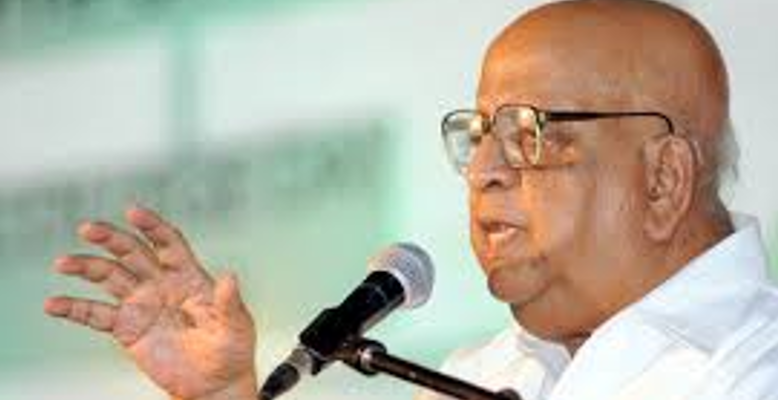
Seshan’s biggest achievements include implementation of the Model Code of Conduct, use of voter ID cards, enforcing limits on poll expenses, and prohibiting several malpractices for good, including, distribution of liquor, bribing voters, use of government funds and machinery for campaigning, wall writing, use of loudspeakers and religion in speeches without permission, etc. He made emphasis on voters’ rights. The voters’ ID cards, which were photo identification cards, were first protested by the politicians, claiming it was unnecessary and expensive. But later, after eighteen months, Seshan declared that if no ID cards were given out to the voters, no election would be held. Due to this very reason, the government started issuing photo identification cards to the voters. Including these electoral reforms, the Election Commission of India also detected 150 malpractices in the elections. He also gave reservations to backward classes (OBCs) in government jobs, after witnessing the enforcement of the Mandal Commission. These major steps took over politics and elections in India for almost a decade.
These reforms and changes in the system made a drastic change in how elections take place and encouraged a more fair election. For example, during the 1999 Indian general elections, with the aid of his reforms, 1488 candidates were disqualified for three years due to refusing to submit their expenditure accounts. He reviewed 40,000 expenditure accounts and disqualified 14,000 for false information.
During a difficult period at work, he restored the discipline of the office by prohibiting long lunch breaks, reading in the library during work hours and instructed the staff members to do their jobs properly by maintaining cleanliness in the office. There was a gargantuan task of executing national elections. It was a very tedious task and required a lot of time and effort. It required many things, some may include running 8, 25,000 voting booths, and about 5 million personnel were required along with a proper security force. Seshan took into notice that the people working in these positions took their duty lightly. He then started working on changing their mindset, in 1992.
In 1993, an unfortunate event had come to life. Violence spread around Tamil Nadu during the elections. Seshan had ordered the central government to release security forces and made sure that the state took full advantage of them. By giving out such orders, Seshan faced differences with India’s home minister, who stated that “states could not have forces foisted on them.” When the home minister denied Seshan’s orders, he declared that no elections would be held fairly if the people of the country do not recognize the power of the Election Commission. This quarrel led its way to the Supreme Court, where when Seshan stated his points, he earned respect and credit in the eyes of both the public and the electorate.
Retiring
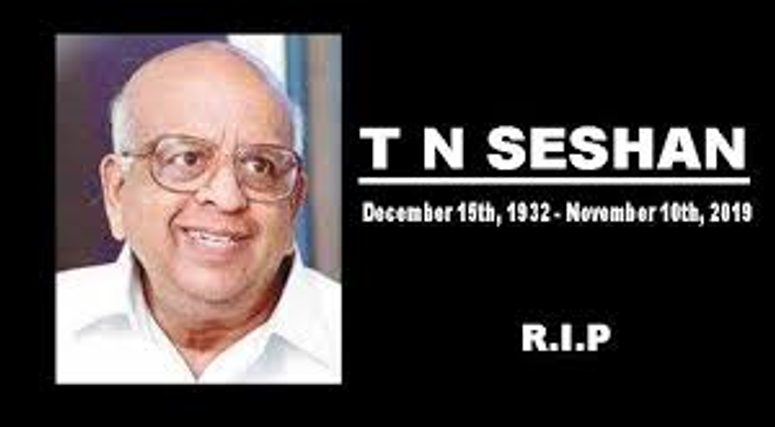
T.N.Seshan retired on 11 December 1996, after serving as the Chief Commissioner of India from 1990-1996. After retirement, he contested in the 1997 Indian presidential election but lost against K.R. Narayanan, who was the tenth President of India and ninth vice-president of India. He taught leadership at various places such as Great Lakes Institute of Management in Chennai and LBSNAA in Mussoorie. In 2012 he was appointed as an interim administrator to run the Pachaiyappa’s Trust in Chennai, by the Madras High Court.
Ramon Magsaysay Award
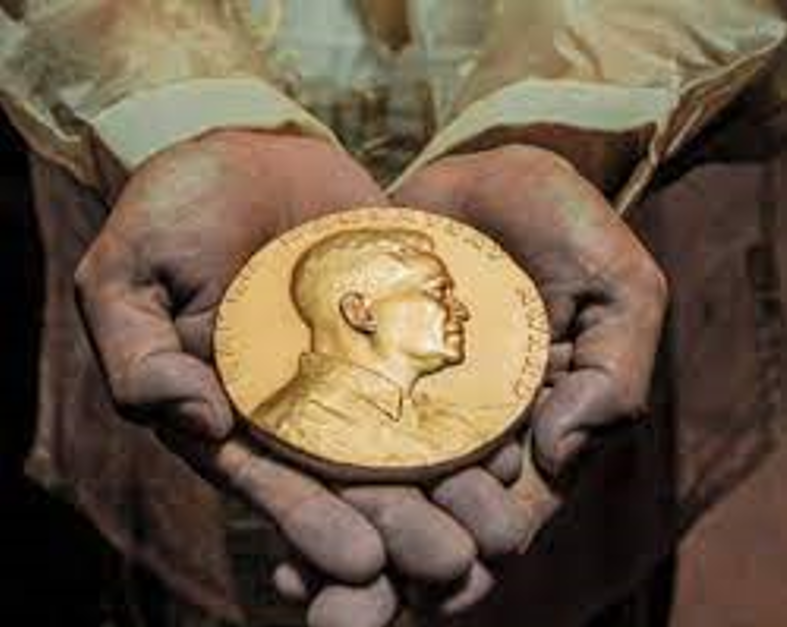
The Ramon Magsaysay Award is an annual award established to carry on former Philippine President Ramon Magsaysay’s example of integrity in governance, courageous service to the people. The prize was established in 1957 by the trustees of the Rockefeller Brothers Fund based in New York City with the concurrence of the Philippine government.
This prestigious award was given to T. N. Seshan in 1996 for his service to the government. He was an icon to the middle-class people because he was a crusader against corruption and election malpractices and misconduct. His work and achievements were recognized internationally when he was given this award.
Controversies
It was no such surprise that T. N. Seshan managed to do much more than his predecessors had done. Several things kept him in the headlines, some are listed below.
BJP Symbol Case: T. N. Seshan scheduled the hearing regarding the petition against the misuse of BJP’s symbol, just before the elections. He angered the party more by stating that third parties can be heard during the matters of registration of a political party. A controversy was created.
Transfer Of Officials: In the violation of the Model Code of Conduct, Seshan had pulled up about five state governments for large-scale transfer of officials before elections.
LPG and Phone Connections: When T. N. Seshan took exception to Central ministers issuing out-of-turn gas and phone connections, it angered the ministers and caused several heated protests. Eventually, the prime minister had to intervene and calm down the ministerial colleagues.
Bihar Law and Order Situation: Seshan had attempted to put off the polls in Bihar stating that there were law and order problems. The public seemed to believe that he was attempting to ruin the National Front’s prospects. Therefore, he allowed the polling schedule to remain unchanged.
Countermanding Elections: Seshan had countermanded the elections in five constituencies including Patna where former foreign minister I. K. Gujral was contesting. The National Front stated that a repoll order would have sufficed.
“Good government is not an accident.” This is a famous quote stated by T. N. Seshan.
Former Chief Minister of India T.S. Krishnamurty, who wrote Miracle of Democracy: India’s Amazing Journey, stated that Seshan’s tenure was a turning point in the history of the Election Commission of India. “If the history of the Election Commission of India has to be divided into two parts, it should be divided into two parts- pre-Seshan era, where the Commission functioned as a department of the government, and the post-Seshan era, where the Commission became more independent.”
T. N. Seshan had written three bibliographies: The Degeneration Of India, 1995; The Regeneration of India, 1995; A Heart Full of Burden, 1995.
After retirement, he contested in the 1997 Indian presidential election but lost against K.R. Narayanan, who was the tenth President of India and ninth vice-president of India.
Conclusion
To summarize the information, Tirunellai Narayana Iyer Seshan was an icon. He was the 18th Cabinet Secretary of India, 10th Chief Election Commissioner of India. He was known for his electoral reforms. He was married to Jayalakshmi Seshanand he had six siblings. He received his education from Madras Christian College. He cleared the police service examination, UPSC-CSE exam and joined the IAS as a trainee. He had brought several reforms as the Chief Election Commissioner of India, some may include, redefining the status of the Election Commission of India, enforcing voter IDs for eligible voters, and making sure all the electoral laws and Model Code of Conduct was followed. He earned the Ramon Magsaysay Award in 1996 for his service to the government. After retiring he taught leadership in several places, contested for the Indian presidential election, and ran the Pachaiyappa’s Trust in Chennai as the interim administrator. He died at his home on 10 November 2019.
Top 13 Interesting Facts About T.N. Seshan
He lost while fighting on a Congress ticket against BJP’S veteran Lal Krishna Advani in Gandhinagar in 1999.
He had praised the policies of Rajiv Gandhi.
He could speak several languages including Tami, Malayalam, Sanskrit, English, Hindi, Kannada, Marathi, and Gujarati.
He received the Ramon Magsaysay Award in 1996 for government service.
He was the youngest amongst his six siblings.
He completed his intermediate schooling at Government Victoria College, Palakkad where he was a contemporary of E. Sreedharan. Both of them were selected for Engineering in JNTU Kakinada, Andhra Pradesh but T. N. Seshan joined Madras Christian College.
He had written two bibliographies: The Degeneration Of India, 1995 and A Heart Full of Burden, 1995
Before the launch of his bibliography, he received criticism due to references of former Chief Minister C. N. Annadurai, which were offensive. After removing the references the book was published.
In the Gandhinagar Parliamentary Constituency, the Congress fielded him against the Union Home Minister of that time, L. K. Advani, but he lost.
He had served as an adviser of the Sathyabama Institute of Science and Technology.
He was a devotee of the 68th pontiff of the Kanchi Mutt, Chandrasekharendra Saraswathi.
He was the only one to hold the post as the Chief Commissioner of India for six years in the past 50 years.
He was known as the “no-nonsense officer.”


